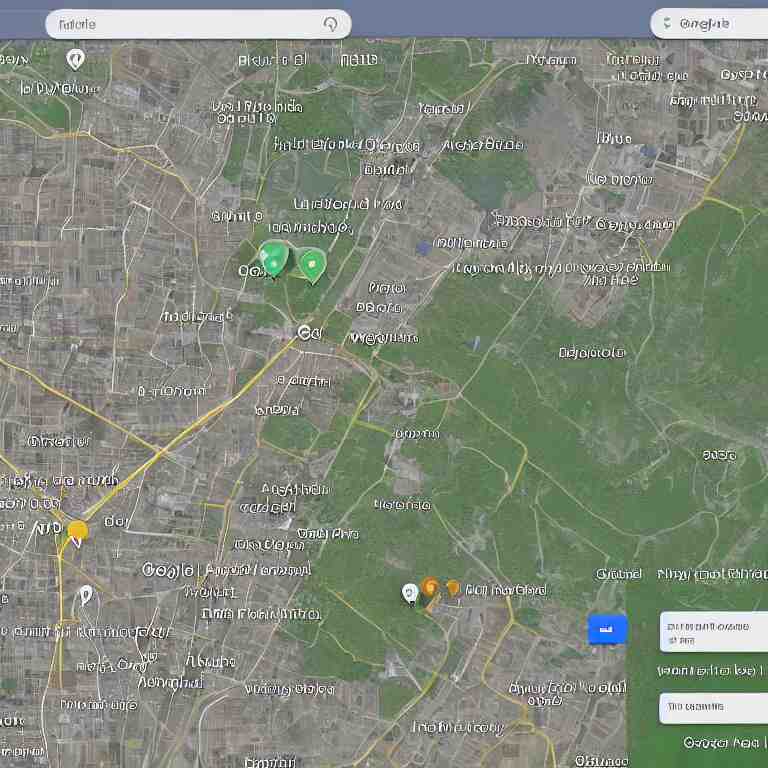Each time a user interacts with a business, it should be done in the most effective way possible. This implies that each interaction must be precisely tailored to the needs of the client and the characteristics of the interaction.
This will not only help you save money but also save time, allowing you to focus on what really matters, serving your customers better. But how can you do that with this Reverse Geocode REST API? It is simple, it is just a matter of geocoding an address and then reverse geocoding a latitude and longitude position!
What are some problems that this API solves?
What are the most common use cases for this API?
Are there any limitations?
This API should be used by businesses with location-based information needs. It’s perfect for businesses that need accurate location data for their customers or users. If you have an app or website that allows users to log in based on their location, or if you need location data for your products or inventory, then this is the API for you.
Some businesses that may use this API include real estate websites that let users search for properties based on location, or insurance companies that need to find out the location of a specific address to retrieve insurance information.
It is simple to implement and use, only requiring an address to reverse geocode. It has a comprehensive coverage of all addresses in North America and Europe (including partial coverage for some non-mainland European countries). This API is ideal for those who need accurate address information for their customers or users. Or perhaps you need to translate coordinates into addresses. In any case, it is highly versatile and can be used in a variety of ways.
Lookup address and additional information like place name, phone number, opening hours, etc. for a given location or GPS coordinate.
To make use of it, you must first:
1- Go to Reverse Geocoding API and simply click on the button “Subscribe for free” to start using the API.
2- After signing up in Zyla API Hub, you’ll be given your personal API key. Using this one-of-a-kind combination of numbers and letters, you’ll be able to use, connect, and manage APIs!
3- Employ the different API endpoints depending on what you are looking for.
4- Once you meet your needed endpoint, make the API call by pressing the button “run” and see the results on your screen.



